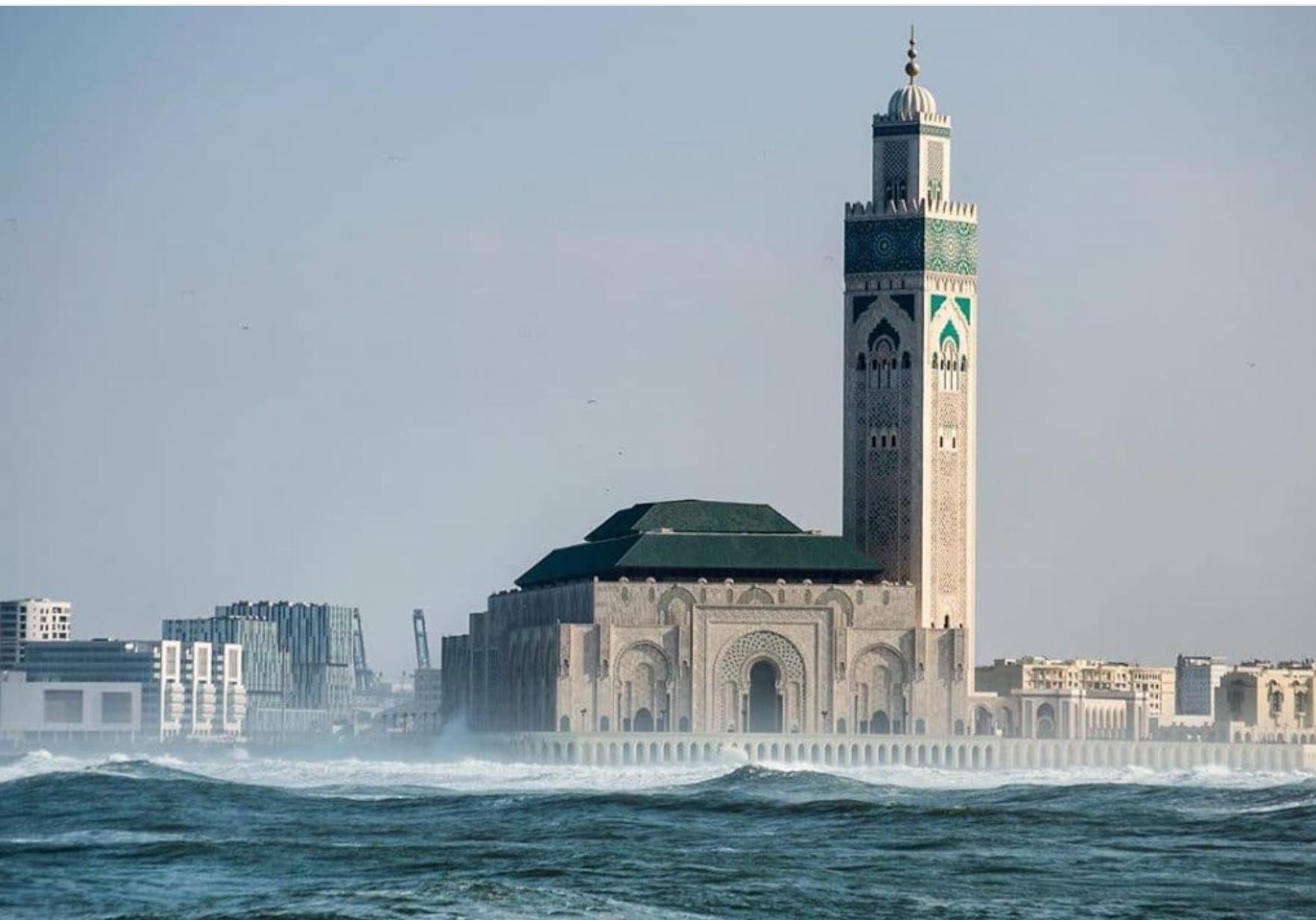Bahia Palace
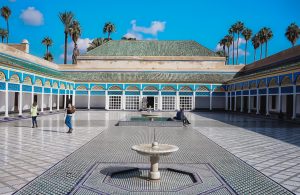
Entrance fee is 70 MAD
Open from 9 a.m. to 5 p.m.
The Bahia Palace (meaning “splendor” in Arabic) is a 19th century palace and one of the masterpieces of Moroccan architecture. The palace has 150 rooms, including the famous secret harem.
For almost 14 years, the finest Moroccan craftsmen have been decorating the Bahia Palace. All the rooms of the Bahia Palace are empty. After the minister’s death, his wife and the sultan moved the furniture into their palace.
The Bahia Palace was built for the personal use of the Sultan of Morocco, Grand Vizier Si Moussa, whose son Ahmed ben Moussa enlarged and enhanced the beauty of the palace with new gardens and stunning decorations. He lived there with his four wives and twenty-four concubines, their children and his favorite wife, Bahia.
The Bahia palace covers an area of nearly eight hectares and consists of approximately 150 ornately decorated moucharabiehs, with protruding projecting windows inlaid with carved wooden latticework. In addition, beech and cedar wood, marble on stucco and zellige, carvings and paintings, the first stained glass windows of the Maghreb, are situated in a heterogeneous building without established order, organized around many bright green and fresh green courtyards.
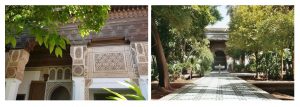
In 1912, General Lyautey, governor of the French protectorate of Morocco, moved in and added comforts such as fireplaces and a central heating system. Today, it is managed by the Moroccan Ministry of Culture. The Bahia Palace is a top tourist attraction in Marrakech.
After Morocco’s independence from France in 1956, the Bahia Palace served as the royal residence until King Hassan II handed it over to the custody of the Moroccan Ministry of Culture, making the building a cultural landmark and tourist attraction.
Badi Palace
Photo by Martynas Rudzinskas
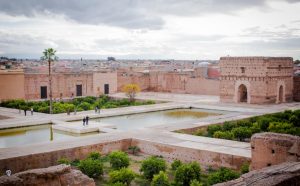
Entrance fee is 70 MAD
Open from 9 a.m. to 5 p.m.
El Badi Palace is a complex of buildings built in the late 16th century. Sultan Ahmad Mansour al-Zabi of the Saadi dynasty built the palace to commemorate the victory of the Three Kings over the Portuguese. Considered a gem of Islamic art, its architecture was influenced by the Alhambra in Granada (Spain).
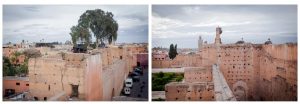
Sadly, today, it is a ruined palace with a huge courtyard that gives you an idea of the splendor of this building. Only from historians and old documents we can recover the palace as it used to be.
In 1696, Moulay Ismaïl, Sultan of Alawi, took the richest objects of the palace and built the royal city of Meknes, El Badii meaning “the incomparable”. Historians say that the palace had 360 rooms decorated with gold, turquoise and crystal.
It’s a ruined palace, and there’s not much to see inside. But I love climbing the walls for one of the best views of the Marrakech medina. The Badi Palace also hosts cultural events. In addition, it has dozens of storks perched on its walls.
Satan’s Tomb
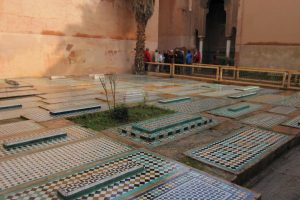
Entrance fee 70 MAD
Open from 9am to 5pm
Located next to the Kasbah Mosque Moulay al-Yazid, the Saadi Tombs are one of the only remnants of the Saadi dynasty that ruled Marrakech between 1524 and 1659.
The Saadian tombs are home to 66 princes and other important figures, as well as more than 100 viziers and ladies.
The history of the Saadian tombs is full of drama. At the beginning of the 18th century, Sultan Moulay Ismail (the man who almost destroyed Badi’s palace) decided to eliminate all traces of the Saadi dynasty. However, he did not dare to commit the sacrilegious act of destroying their tombs and ordered them to hide the entrance.
It was not until 1917 that the entrance to the Saadi tomb was rediscovered. Since then, the tomb has been open to the public.
Ben Youssef Seminary
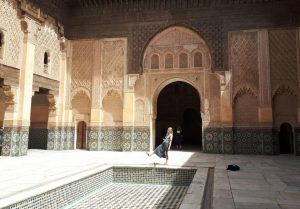
Founded in the 14th century by the Moroccan monarch Abu Hassan, Madrasa Ben Youssef is one of the most popular and Instagrammed places in Marrakech.
As many as 900 students would live there to study law and theology. Madrasa Ben Youssef was converted into a museum in 1960. madrasa closed in November 2018 for restoration and will reopen to the public in April 2022.
D’Arcy says
Open daily except Tuesdays.
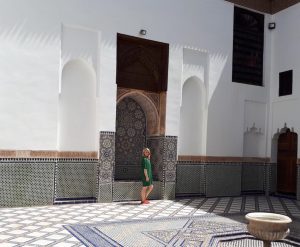
From 10am to 6pm
Admission is 30 MAD
The D’Arcy Said Museum is the oldest museum in Marrakech. The official name of the museum is the Museum of Moroccan Art.
Dar Si Said is not as famous as other Marrakech monuments, but it is worth a visit. I call it Marrakech’s best-kept secret. I prefer Dar Si Said because it is not as tourist-friendly as the Bahia Palace.
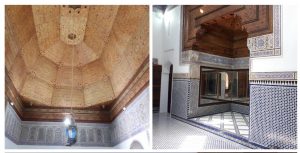
Built in the second half of the 19th century by order of Si Said Ben Moussa (the same man who owned the Bahia Palace), then a minister under the regency of his brother Ba hmad.
Since 1930, a museum and a handicraft workshop have been established. This museum is spread over two floors and exhibits the largest number of Marrakech objects: woodwork, jewelry, pottery, ceramics, weapons, carpets, weaving, beautiful kettles with legs, trays, old musical instruments, etc.

